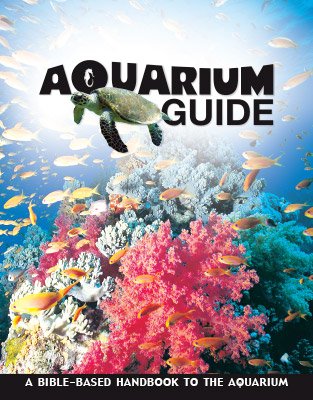Giant Clam
The giant clam gets some of its food by filtering the seawater with its siphon.
Design

The giant clam gets some of its food by filtering the seawater with its siphon. The siphon is fringed with tentacles that attach to food particles in the water. This creature, however, gets most of its nourishment from zooxanthellae, algae that lives within the clam’s tissue. This mutualistc relationship between two separate organisms was designed by the Creator to help the clam obtain the great amount of nourishment it needs to survive.
Features
- All giant clams have clear spots on their mantle to let sunlight into their cavity.
- Some giant clams look iridescent because of their blue and purple spots, while others look gold or green.
Fun Facts
- The giant clam is the heaviest and largest living bivalve mollusk.
- The giant clam cannot completely close its shell once fully grown.
- It starts life as a male, but later becomes hermaphroditic, able to produce both sperm and egg. However, the giant clam does not fertilize itself. It produces sperm and eggs one at a time and releases each into the water to be fertilized by another giant clam.
CLASS: Bivalvia (bivalves and clams)
ORDER: Veneroida (clams, cockles, and zebra mussels)
FAMILY: Tridacnidae (giant clams)
GENUS/SPECIES: Tridacna gigas
Size: Up to 5 ft (1.5 m) wide; weighs up to 500 lbs (225 kg)
Diet: Plankton
Habitat: Sandy beds of reef flats and shallow lagoons in tropical waters of
Indo-Pacific Ocean from South China seas, to northern coasts of Australia;
and from Nicobar Islands in the west, to Fiji in the east
Aquarium Guide
With fun facts about more than 100 animals, this long-awaited Aquarium Guide includes beautiful pictures and reveals the incredible facts and design features that point to our amazing Creator. This handy size guide is excellent for school field trips and family trips to your favorite aquarium!
Browse Kids Book- © 2024 Answers in Genesis
- Privacy Policy
- Contact
- About

